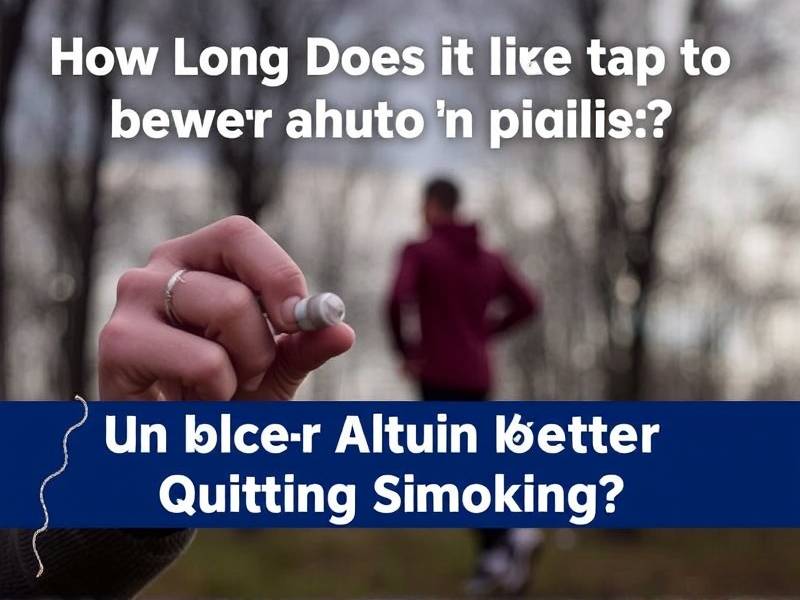How Long Does It Take to Run Better After Quitting Smoking?
Unveiling the Timeline: How Long Does It Take to Run Better After Quitting Smoking?
Introduction: Quitting smoking is a significant life change that brings about numerous health benefits. Among them, improved physical performance, particularly in running, is often cited as a notable advantage. But how long does it take for these improvements to manifest? In this article, we'll explore the timeline for enhanced running performance after quitting smoking and provide insights into the factors that can influence this process.
I. The Immediate Impact of Quitting Smoking on Physical Performance

When you quit smoking, your body begins to repair itself almost immediately. Here's what happens:
A. Increased Oxygen Levels Within hours of quitting, your blood oxygen levels start to rise as carbon monoxide is flushed out of your system.
B. Improved Lung Function In the first few weeks, your lung capacity increases as the bronchial tubes relax and inflammation decreases.
C. Enhanced Cardiovascular Health The heart rate and blood pressure begin to stabilize, leading to better overall cardiovascular health.
II. The Gradual Improvement in Running Performance
While immediate improvements can be observed, it takes time for these changes to translate into better running performance:
A. Enhanced Endurance Over the course of several months, your endurance will increase as your body adapts to the increased oxygen supply and reduced carbon monoxide levels.
B. Faster Recovery Your muscles will recover more quickly from workouts due to improved circulation and oxygen delivery.
C. Reduced Risk of Injury The enhanced lung function and cardiovascular health can also reduce the risk of injuries associated with intense physical activity like running.
III. Factors Influencing the Timeline
Several factors can influence how quickly you see improvements in running performance after quitting smoking:
A. Age and Overall Health Younger individuals with good overall health may notice improvements sooner than older adults or those with pre-existing health conditions.
B. Duration of Smoking The longer you smoked, the longer it may take for your body to fully recover from nicotine's effects on your lungs and cardiovascular system.
C. Frequency of Exercise Regular exercise before quitting can help maintain fitness levels during the initial phase of withdrawal.
IV. Tips for Enhancing Running Performance Post-Quit
To maximize improvements in running performance after quitting smoking:
A. Stay Consistent with Your Exercise Routine Maintain a regular exercise schedule to ensure consistent progress in fitness levels.
B. Focus on Proper Nutrition and Hydration Nutrition plays a crucial role in recovery and performance enhancement; ensure you're fueling your body with healthy foods rich in vitamins and minerals.

C. Monitor Your Progress Keep track of your runs using apps or a journal; tracking progress can be motivating and provide insight into areas for improvement.
Conclusion: Quitting smoking is a transformative decision that not only improves overall health but also enhances physical performance, particularly in activities like running. While it takes time for these benefits to become evident, staying consistent with exercise routines, proper nutrition, and monitoring progress can help accelerate improvements in running performance after quitting smoking. Embrace this journey towards better health – one step at a time!
